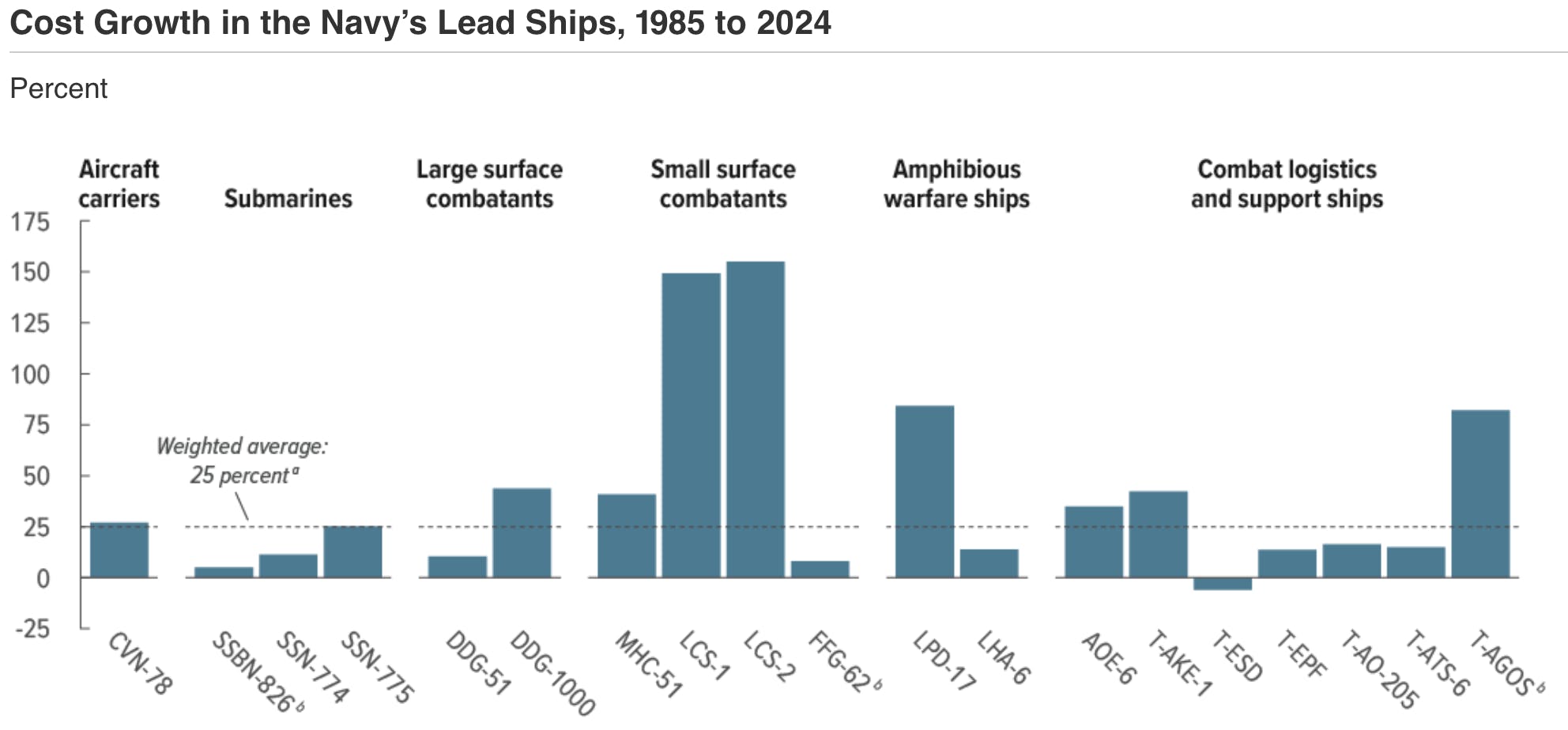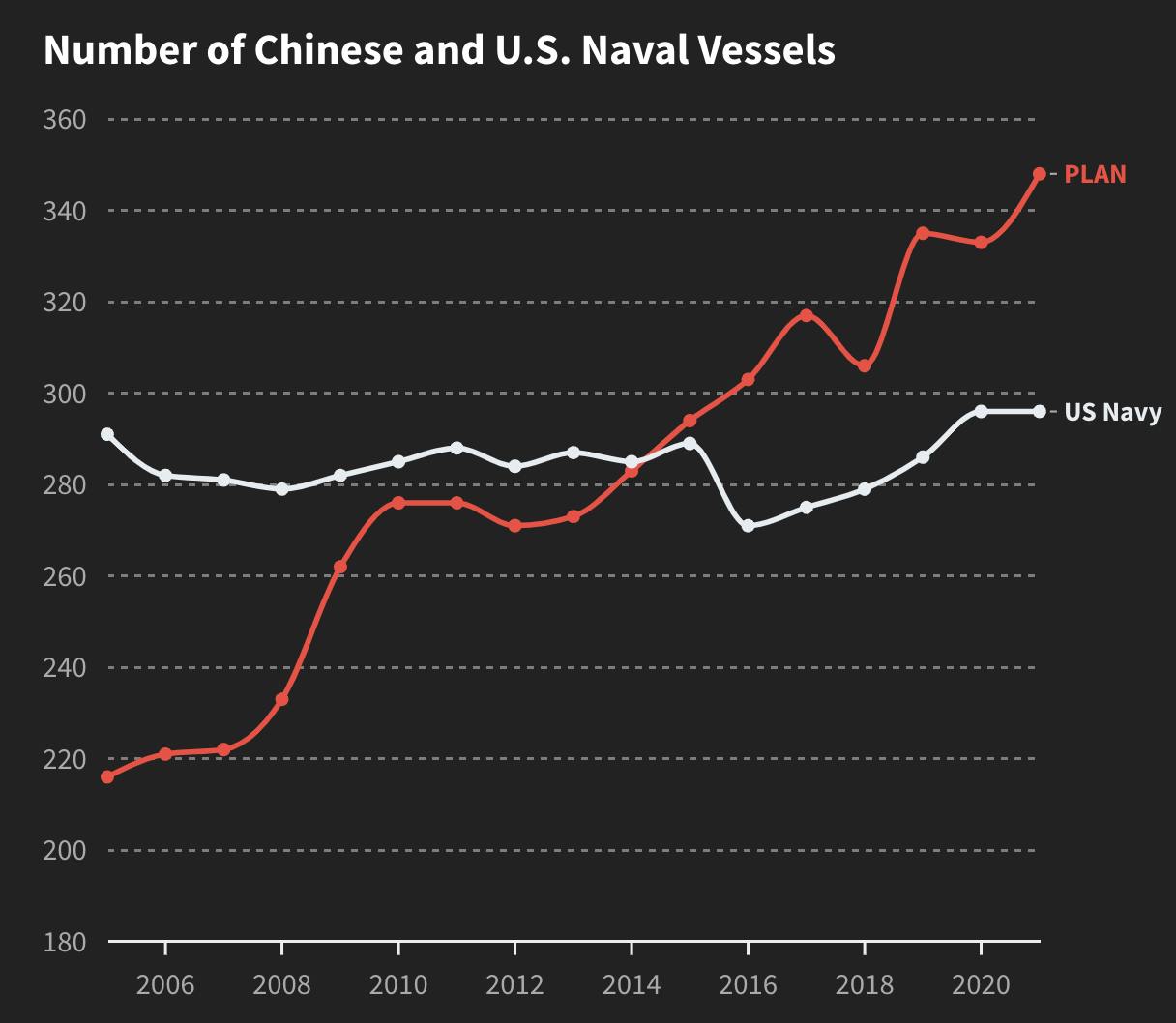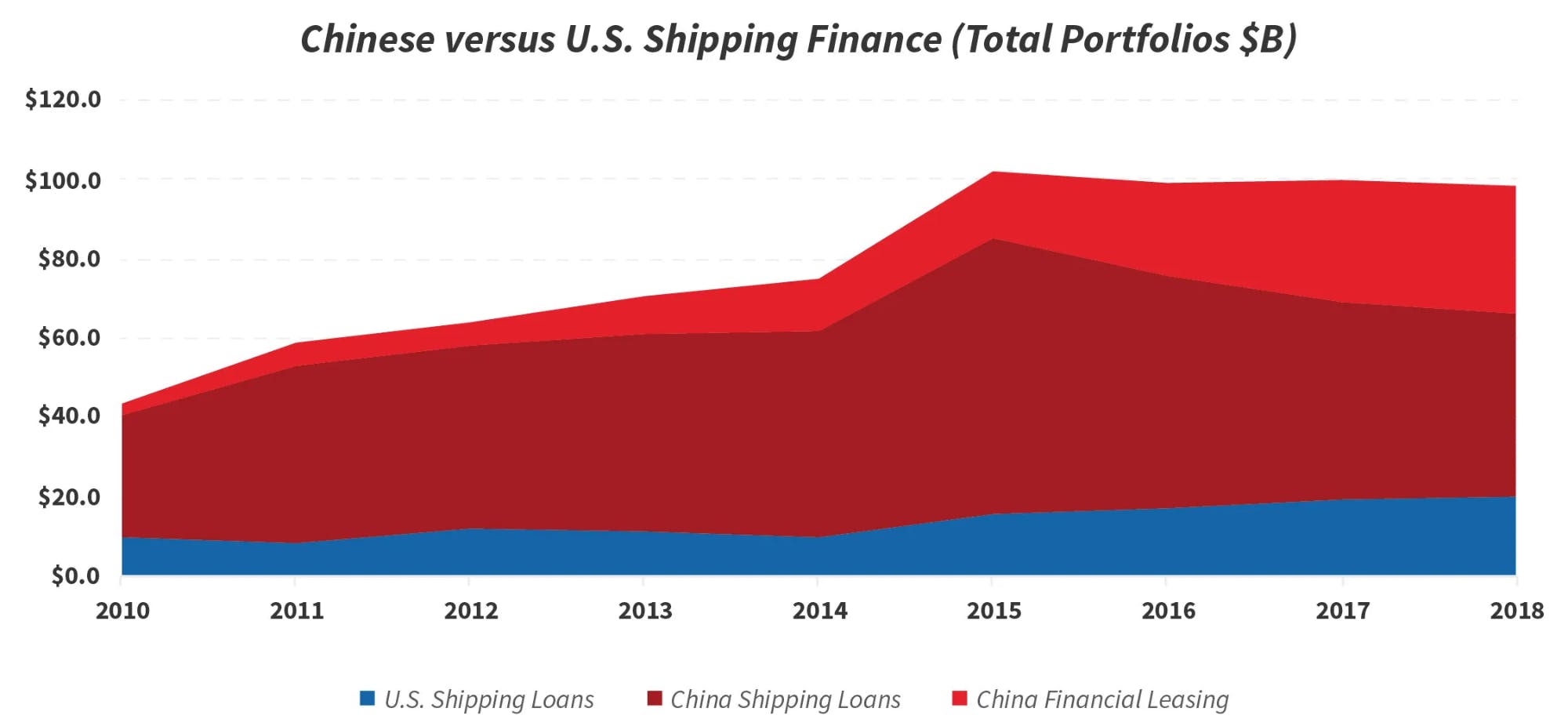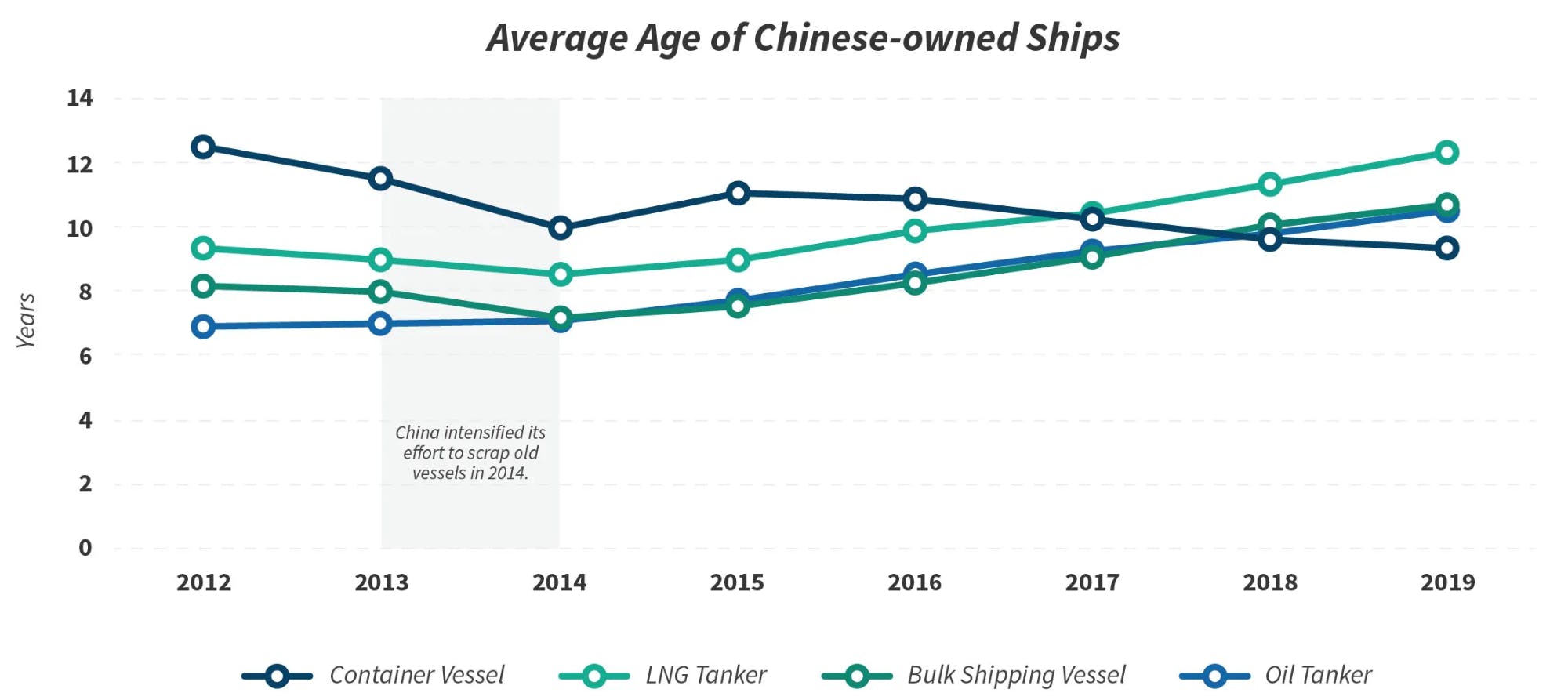Throughout history, sea power has shaped the fate of empires. From Britannia ruling the waves to America's post-WWII dominance, navies have done more than patrol coastlines — they’ve been instruments of influence, deterrence, and trade control. But today, U.S. shipbuilding readiness is faltering, and the consequences are starting to show.
## 1. A "Lost Generation" of Shipbuilding
In the last two decades, the U.S. has seen its naval shipbuilding ambitions repeatedly fall short. Programs like the Littoral Combat Ship and Zumwalt-class destroyers were marred by cost overruns and underperformance. The USS Gerald R. Ford, meant to be a supercarrier milestone, was delayed for years due to unreliable new tech. These aren’t isolated issues. With over 40 Government Accountability Office reports highlighting systemic problems, the Navy is now decommissioning ships early or struggling to keep them afloat due to shipyard backlogs that put the U.S. 20 years behind in maintenance.
## 2. China’s 200:1 Shipyard Advantage
While America’s shipyards have shrunk, China’s have surged. Backed by an industrial policy that pumped $127 billion into shipbuilding, China now launches more ships, faster, and in greater volume. The Chinese Navy is projected to hit 460 ships by 2030, compared to fewer than 300 U.S. deployable ships. With over 20 major shipyards and 140+ dry docks, China's shipbuilding capacity outpaces America’s by over 200 to 1 in tonnage. It's not just about numbers — China is fielding modern warships, aircraft carriers, and stealth submarines, rapidly closing the quality gap too.
## 3. The U.S. Pivot to Autonomous Systems
Faced with this imbalance, the Pentagon is shifting toward a new paradigm: smaller, smarter, and more numerous systems. Programs like **Replicator** aim to deploy thousands of unmanned surface vessels (USVs) and loitering drones in the next two years. These autonomous platforms are cheap, fast to produce, and hard to target en masse. Ukraine has shown their effectiveness: inexpensive sea drones have disrupted Russian naval operations and destroyed high-value targets. For the U.S., distributing naval power across many attritable platforms — instead of relying solely on multi-billion-dollar carriers — is both a tactical and industrial necessity.
##

Source: [Congressional Budget Office](https://www.cbo.gov/publication/61155#_idTextAnchor038)

Source: [CSIS](https://features.csis.org/china-shadow-warships/)

Source: [CSIS](https://www.csis.org/analysis/hidden-harbors-chinas-state-backed-shipping-industry?utm_source=chatgpt.com)

Source: [CSIS](https://www.csis.org/analysis/hidden-harbors-chinas-state-backed-shipping-industry?utm_source=chatgpt.com)
![[Pasted image 20250717122808.png]]